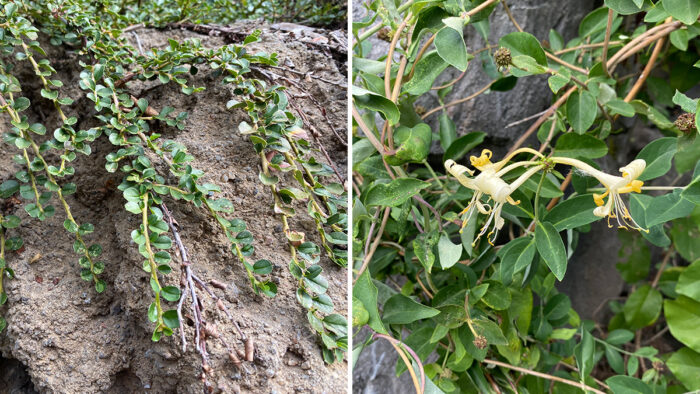
Softening tall or craggy surfaces are situations that seldom come up in my design practice, as I work in environments that are typically rather flat. There are times, however, when level changes happen to occur on the land or are created during a construction process. I get excited when there is the opportunity to use plants that naturally cascade. This is an entirely different aesthetic from plants that climb and is more interesting than plugging in some ivy. The next time you find yourself needing a plant to spill over a wall, rock, or some other elevation change, consider one of these great cascading plants.
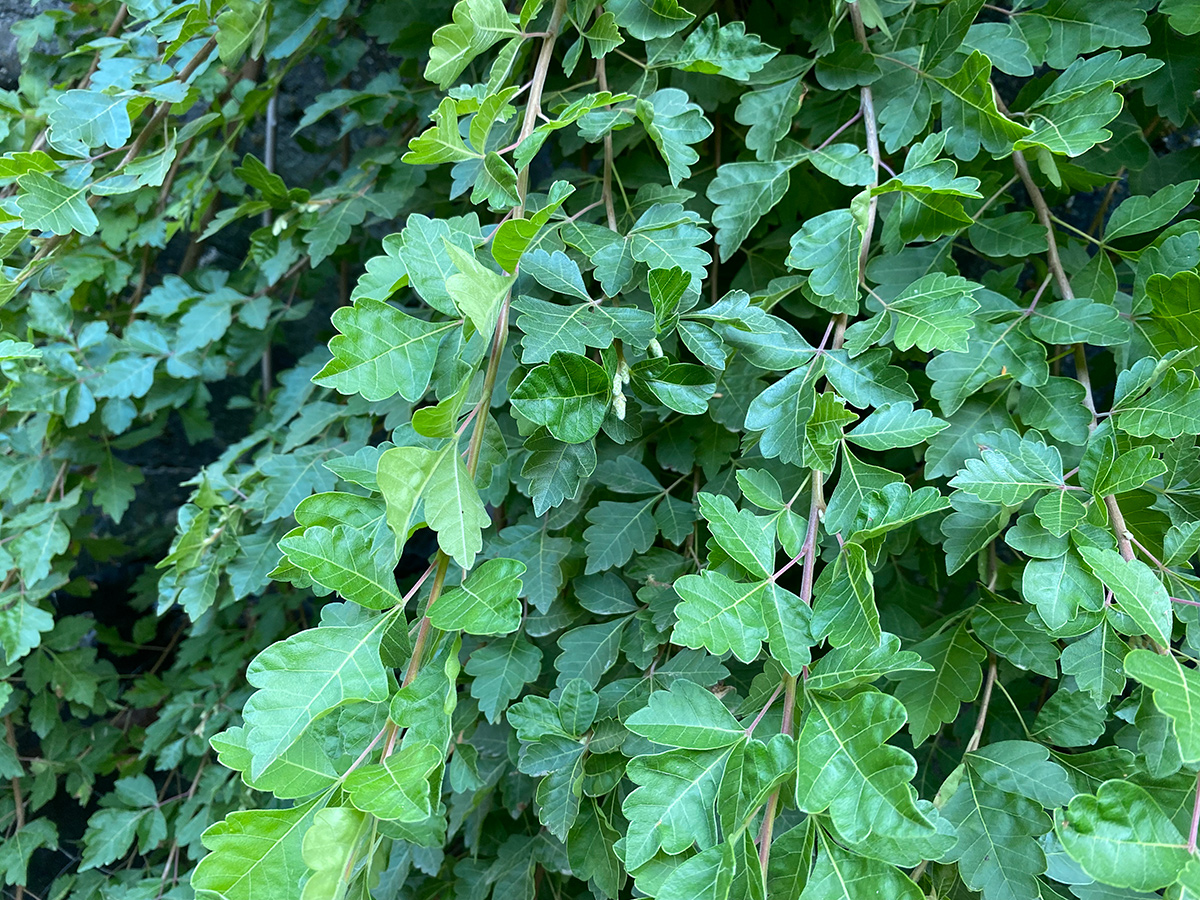
‘Autumn Amber’ three-leaf sumac is a tough, low-growing spreader for larger landscapes
Sumacs (Rhus spp. and cvs., Zones 2–10) are a diverse group of plants ranging in size from small tree forms to low shrubs. ‘Autumn Amber’ three-leaf sumac (Rhus trilobata ‘Autumn Amber’, Zones 4–6) is an extremely short and wide spreading shrub with an orange to amber fall color. The matlike growth creates a curtain of foliage spilling over and covering any surface they are planted on. Exceptionally tough, it is a choice plant to cascade over a stone outcropping, groups of boulders, or even a formal brick wall. Growing in rugged spots, this plant does best in well-drained soil and full sun. Give it plenty of room; despite specifications of growing 1 to 2 feet tall and 5 to 7 feet wide, my experience is that its energy is put into growing wider and not as tall. If you want to control the size, cut plants back in the spring prior to new growth appearing. ‘Autumn Amber’ does not generally have any disease or insect problems and does not suffer from grazing by rabbits or deer.
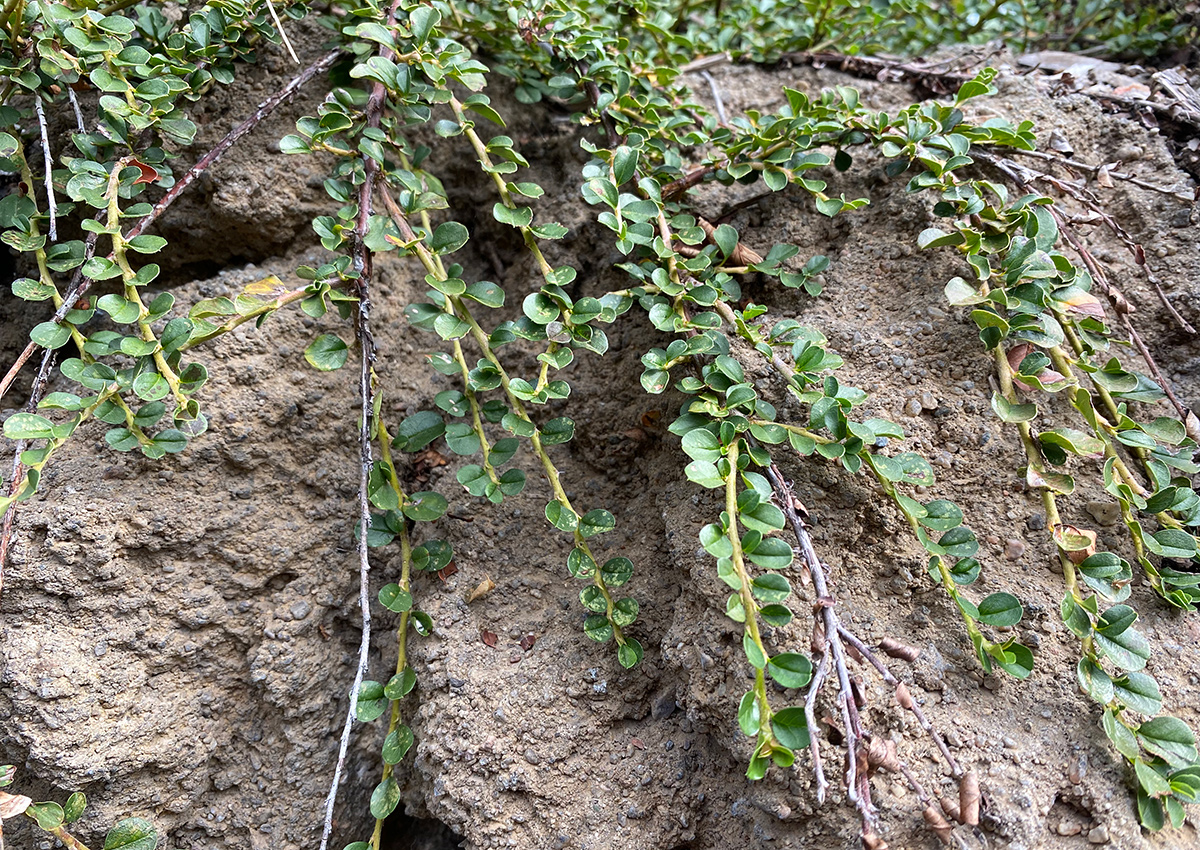
Rockspray cotoneaster has a great prostrate form with three seasons of interest
For a fine and lacy texture against a solid surface, let’s not forget about cotoneasters (Cotoneaster spp. and cvs, Zones 4–9). Another shrub group of various forms, rockspray cotoneaster (Cotoneaster horizontalis and cvs., Zones 5–7) has a prostrate growing habit with stiff branches and small, glossy, dark green leaves. Its scarlet red fruit is attractive to birds, even if it is not heavily present. Growing 2 to 3 feet tall with branches cascading to a width of 6 to 8 feet wide, this shrub will reward you with fragrant pink spring flowers and reddish-purple fall color. For the best performance, plant cotoneaster in full sun to partial shade and in soil that is well drained, moist, and loamy. This plant will tolerate less than perfect conditions; if you have dry or poor soil, it will still work for you. Remove deadwood as necessary, pruning to shape, and renovate before new growth appears in the spring. For a very low and prostrate option, consider the variety Cotoneaster horizontalis var. perpusillus, which grows to only 1 foot tall and 5 to 8 feet wide.
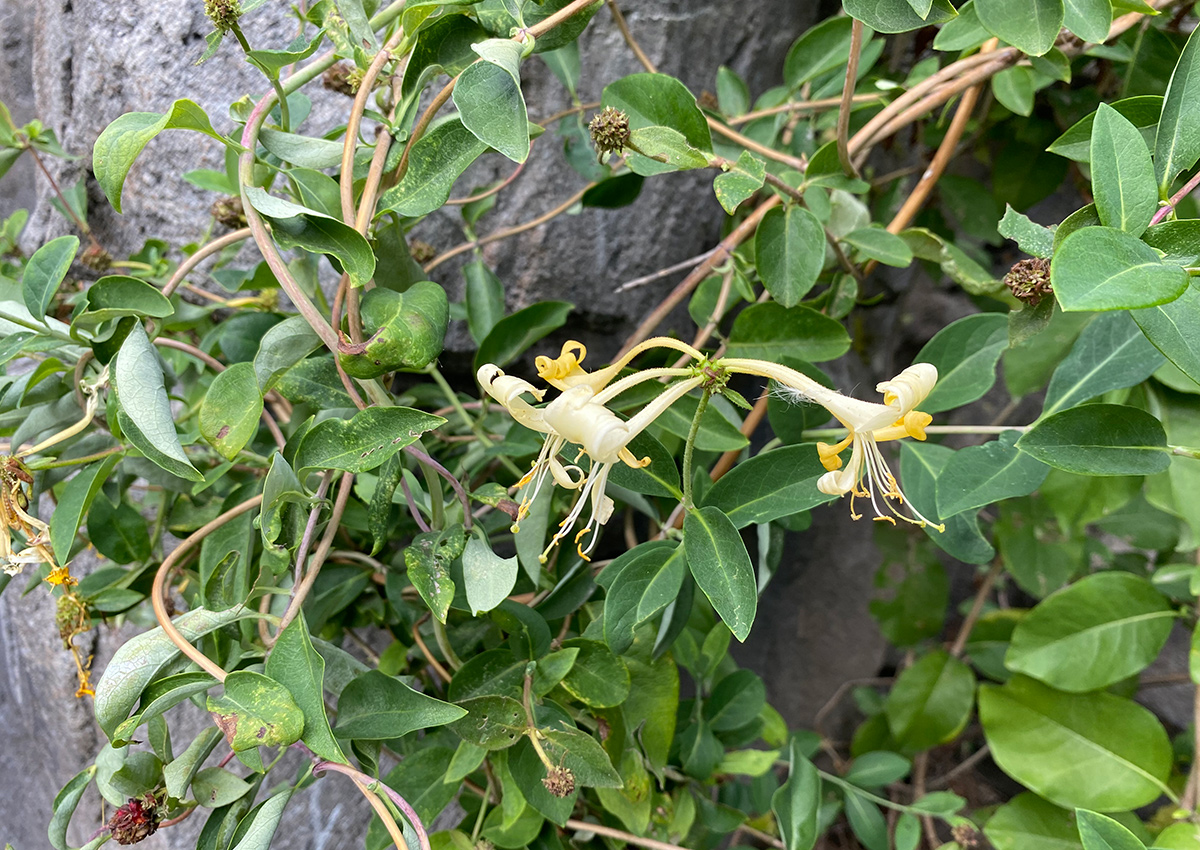
‘Scentsation’ honeysuckle provides a long season of fragrant blooms
Technically a vine, ‘Scentsation’ honeysuckle (Lonicera periclymenum ‘Scentsation’, Zones 4–9) can also be grown as a cascading plant instead of a climber. Exceptionally fragrant, this yellow-flowering variety has an extensive season of generous bloom, from midspring to early fall, followed by bright red berries. It is not invasive, is loved by hummingbirds and butterflies, and is not favored by deer. This honeysuckle does best in full sun and areas with ample airflow to reduce the opportunity for powdery mildew (a disease triggered by high humidity and poor air circulation). Additional care can be taken to prevent powdery mildew by selectively pruning to keep the plant from becoming too dense and by removing diseased leaves. Expect ‘Scentsation’ to quickly cascade with a 5- to 6-foot spread with vines up to 12 feet long over any vertical surface.
While each of these cascading plants has the ability to cover an object of substantial height, one does not have to let any of them reach their full potential. Each of these distinctly different woody plants can be thinned or shortened to meet the needs of your space or the particular design intent you have in mind. Removing a branch here or a tendril there can create a lacy effect to allow the surface behind to peek through, resulting in an enchanting contrast of organic and man-made materials. Trimming the bottom tips in a singular line, as though they are bangs, creates the look of an upside-down hedge. The options are endless. Let your imagination roam as you consider the options when playing with cascading plants.
—Marti Neely, FAPLD, owns and operates Marti Neely Design and Associates in Omaha, Nebraska.
Photos: Marti Neely, FAPLD
Fine Gardening Recommended Products

ARS Telescoping Long Reach Pruner
Fine Gardening receives a commission for items purchased through links on this site, including Amazon Associates and other affiliate advertising programs.

Scotts Cordless Grass-Shear/Shrub-Trimmer Combo
Fine Gardening receives a commission for items purchased through links on this site, including Amazon Associates and other affiliate advertising programs.
- 13.5 x 3 x 5 inches
- Uses a 7.2-Volt 2Ah high-capacity built-in lithium-ion battery; Includes a fast charger

Ho-Mi Digger - Korean Triangle Blade
Fine Gardening receives a commission for items purchased through links on this site, including Amazon Associates and other affiliate advertising programs.




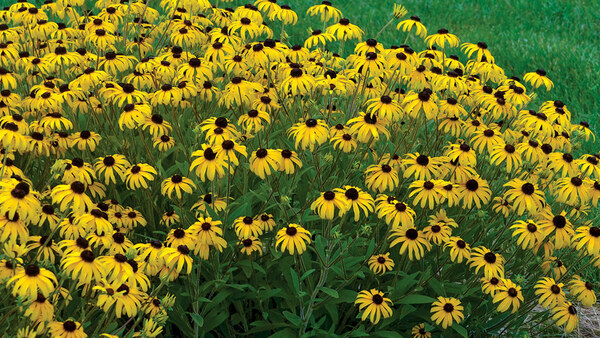














Comments
Log in or create an account to post a comment.
Sign up Log in